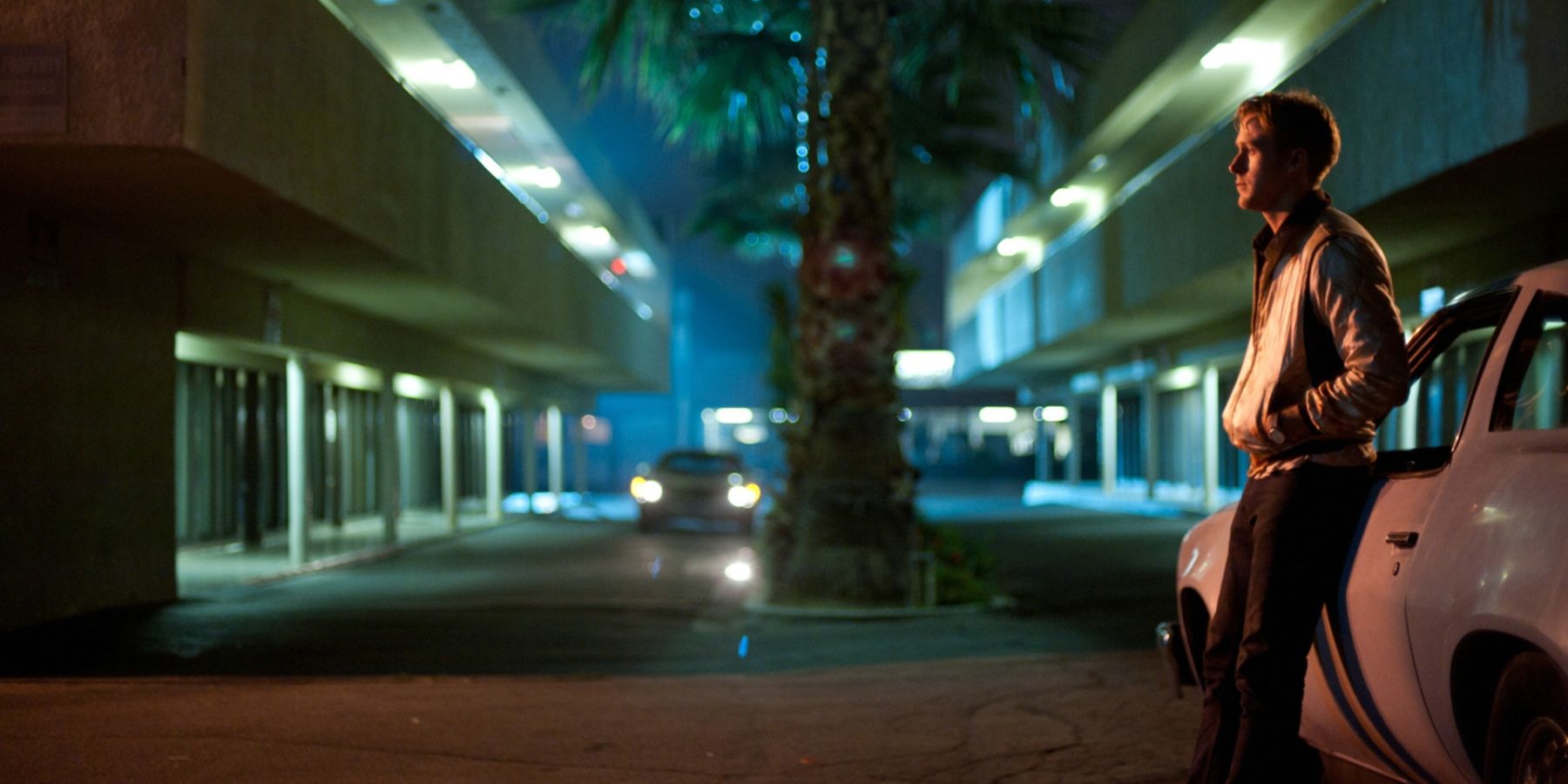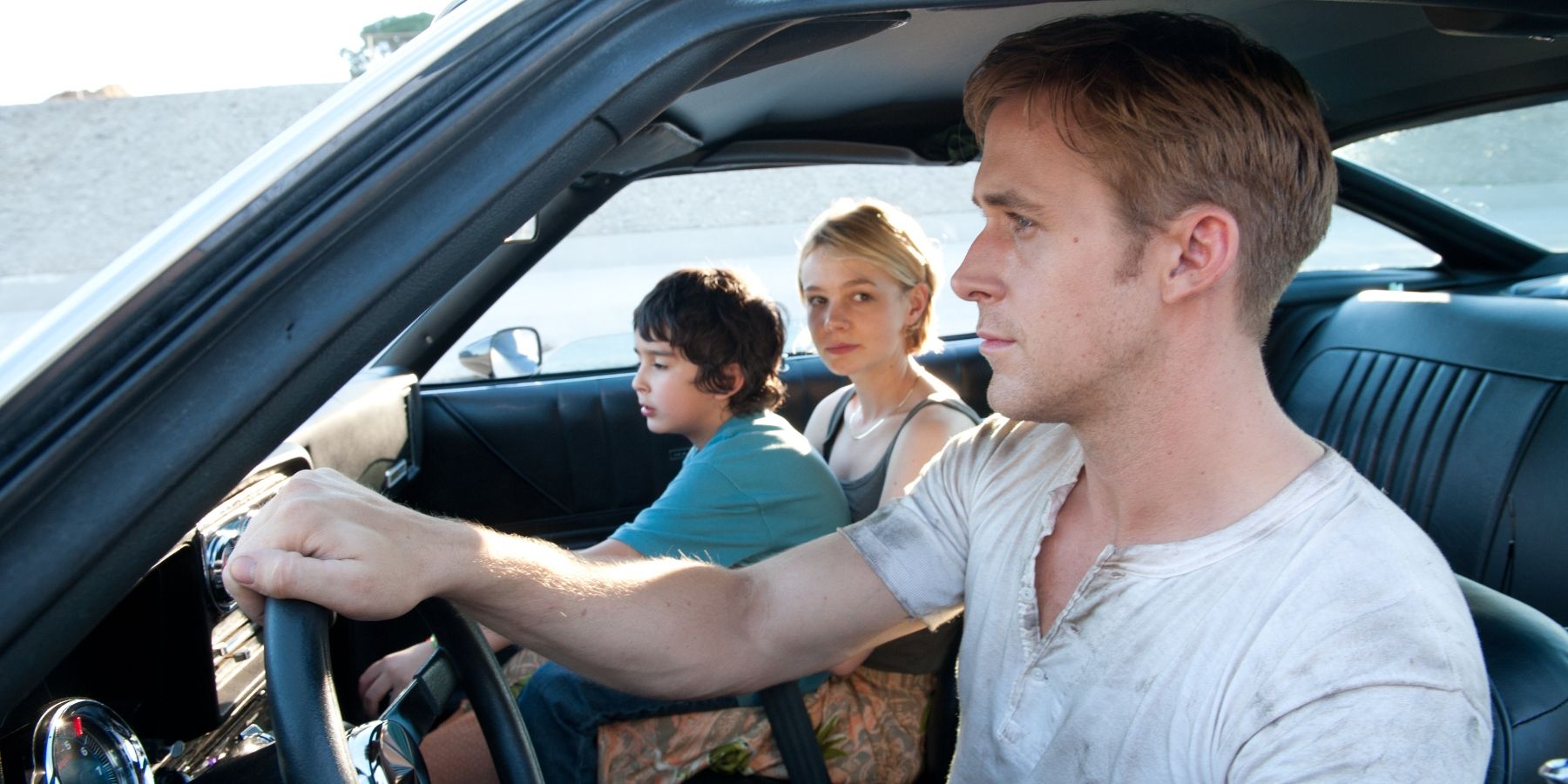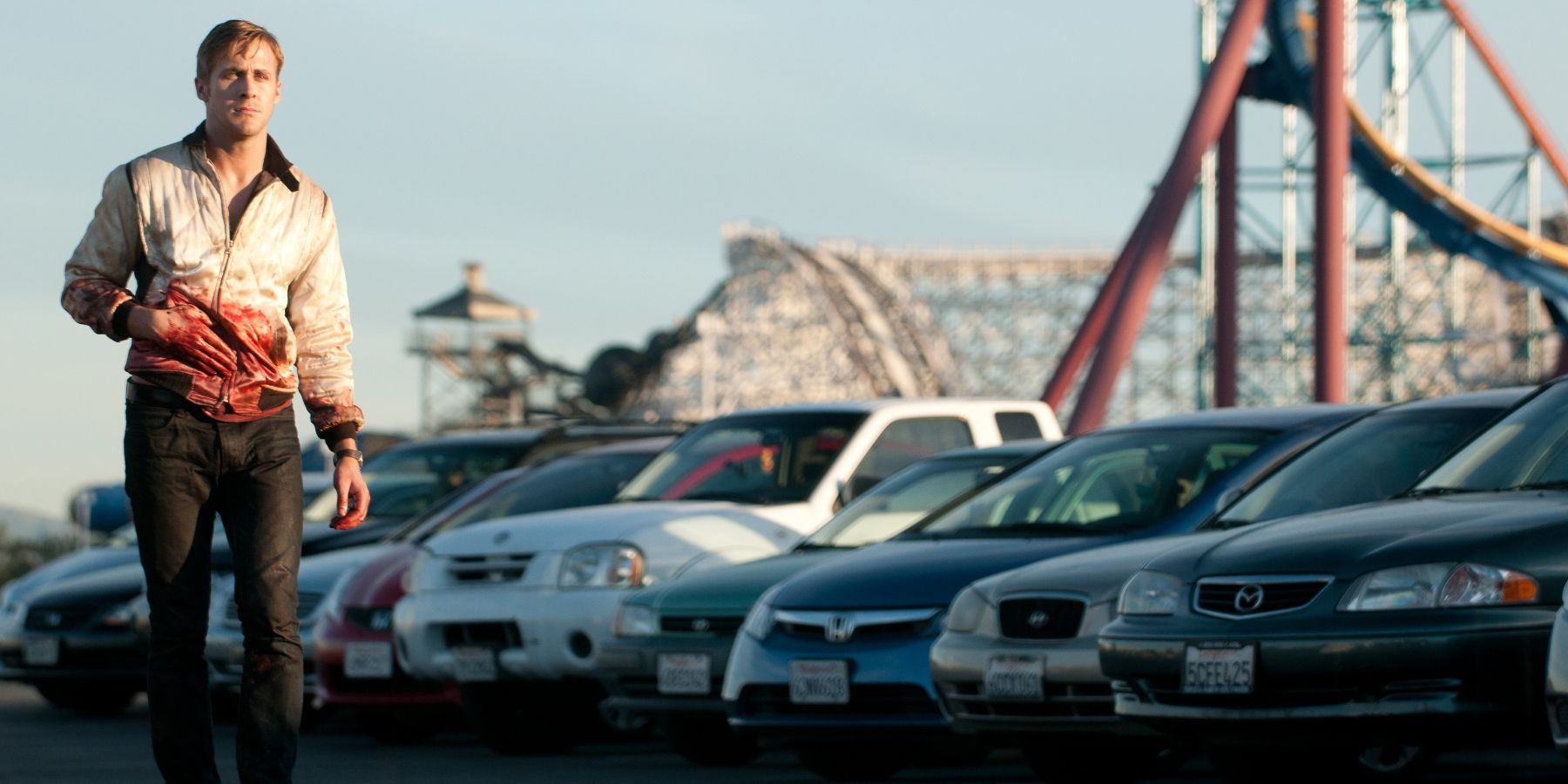Noir is one of many genres wherein it’s difficult to determine an exact definition. The closest one can get to a definition is finding the common traits between films that are agreed to be noirs. With noir being one of those “know-it-when-you-see-it” genres, it is often left up to debate as to whether or not a given film can be classified as noir. Nicolas Winding Refn’s Drive starring Ryan Gosling doesn’t appear to fit the common understandings of noir, with its bold color schemes and synthesizer-based music, but it is actually an evolution of the genre that establishes the modern noir.
Releasing in 2011, Drive tells the story of a highly-skilled getaway driver who works as a Hollywood stunt driver by day. Not long into the film, he falls in love with his neighbor and soon finds that the two halves of his life can never truly separate. Despite rave reviews from most that have seen it, the film struggled initially due to the marketing. Trailers for Drive portrayed it as an action getaway film rather than the compact, slower thriller that it is. The film performed decently well at the box office, netting $81 million on a $15 million budget, and has since gained a cult following.
The story at its core is undeniably rooted in noir, being a bleaker story driven by idealistic dreams that ultimately fall short. There are very human moments as The Driver is torn between wanting to live a normal life with Irene and knowing that the dark underbelly of LA won’t let him leave. The sequence wherein The Driver is riding in an elevator with Irene and he notices the person with them has a gun is an especially telling sequence.
After noticing the gun, The Driver pulls Irene behind him and the light collapses onto them as he goes in to kiss her. She believes this to be a spontaneous declaration of love, which it is, however for The Driver this marks him saying goodbye. The stark contrast between light and dark in this scene is undoubtedly reminiscent of noir of old. When The Driver then turns to the hitman and begins kicking his head in, this striking act of violence falls perfectly in line with the noir movies of the 1940s and 1950s. In the modern era, however, Drive takes this violence to another level that coincides with how desensitized the modern world has become to acts of violence.
Another aspect of noir that is commonly prevalent comes with the moral ambiguity of the main character. Characters are often crooked cops, men on the run, or even simply criminals. This is undoubtedly true about The Driver, with him being a getaway driver. The character swings between opposite ends of the moral spectrum throughout the film. He helps his neighbor out when her car breaks down at the grocery store, however, he also kills two men in a hotel room in graphic fashion. The startling swings unseat the audience and make them unsure if this is someone who they should root for. While much of this is forced upon him, he is also clearly capable of brutal violence.
Irene plays a role as well, that of the femme fatale. While this role is often mistaken for a woman who directly harms the protagonist, it is actually often fulfilled by a woman who indirectly harms them. It is often in the pursuit of helping them, or even loving them, that the protagonist finds their world turned upside-down and often leads to their death. Irene is objectively a passive character in Drive, however, her existence leads to Standard’s death and several of The Driver’s murders.
One of the more apparent arguments against Drive being considered noir is due to its color palate. The bright pinks, and general neon tones, seem in direct contrast to the standard black-and-white films of film noir. It’s with this shift to color, however, that Drive continues the tradition of noir in a world of color film. The bright colors in Drive are used in direct opposition to the dark shadows of the world, the same way that old film noir used light in contrast to the dark. The bright appearance of these colors is the most direct way to make a contrast with the shadows in a color film.
The effects of this use of color can be seen in several moments, however, one of the most obvious is the scene at the end of The Driver and Irene’s falling-in-love montage. The pair pull up to a stoplight, and Irene informs Ryan Gosling’s character that her husband will be coming back. The use of the glaring red stoplight on The Driver’s face to indicate his emotion and internal outrage at this news is an homage to the use of shadow on a character’s face to indicate they’re thinking something dangerous. More examples of this can be seen throughout the film, as Nicolas Winding Refn plays with this contrast at several points.
With the use of contrast, moral ambiguity, a femme fatale, and an overall bleak but sadly hopeful story, Drive very much epitomizes what it means to be a noir film. All of these elements together sum up a fantastic example of film noir in the modern era. Although Refn was never quite able to follow up this film with another like it, Drive still stands on its own as a defining film in the history of noir.



